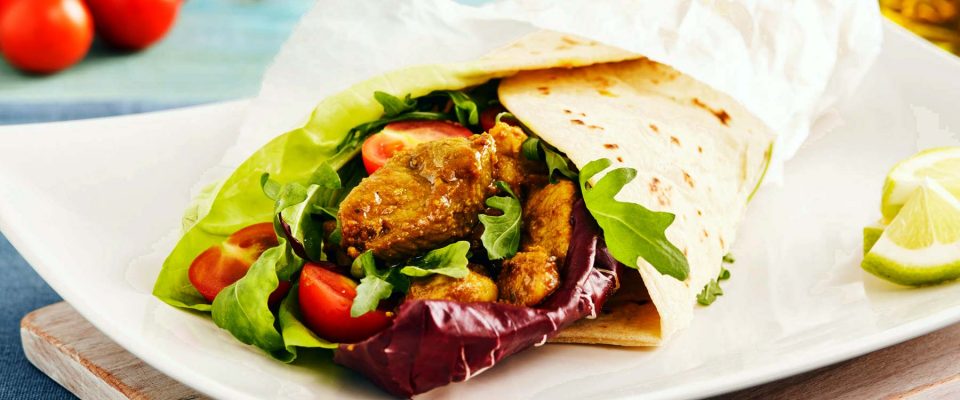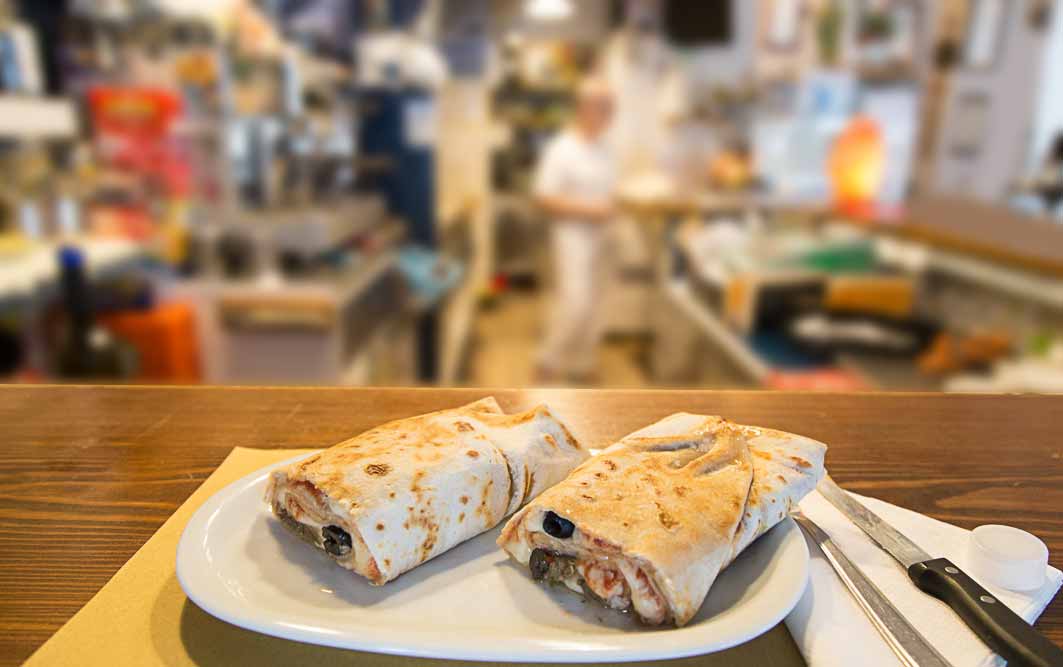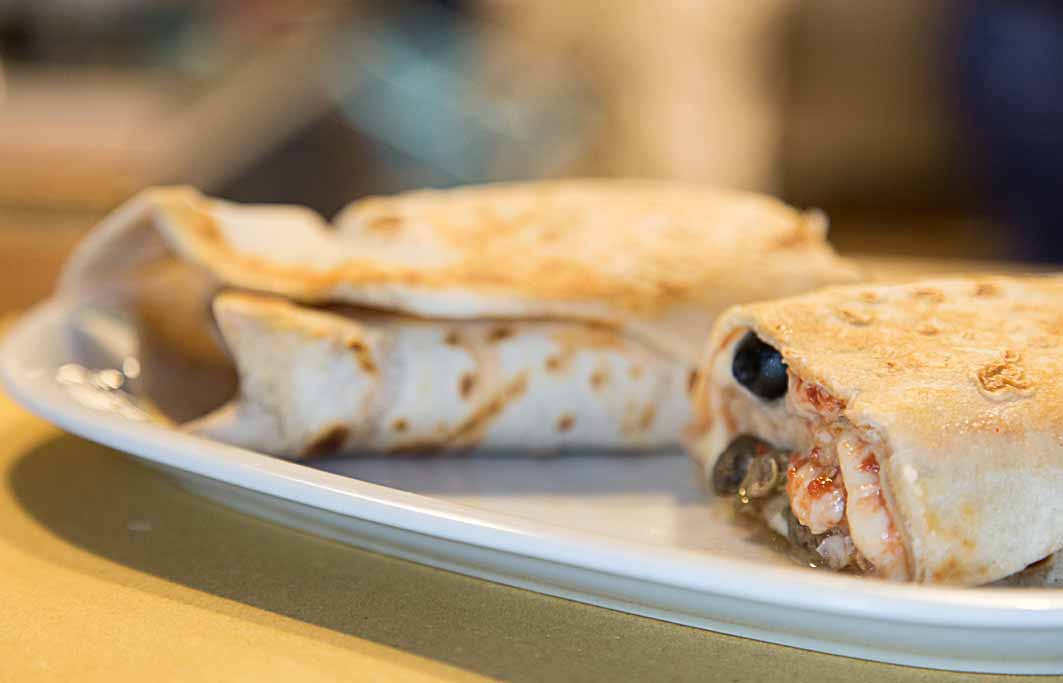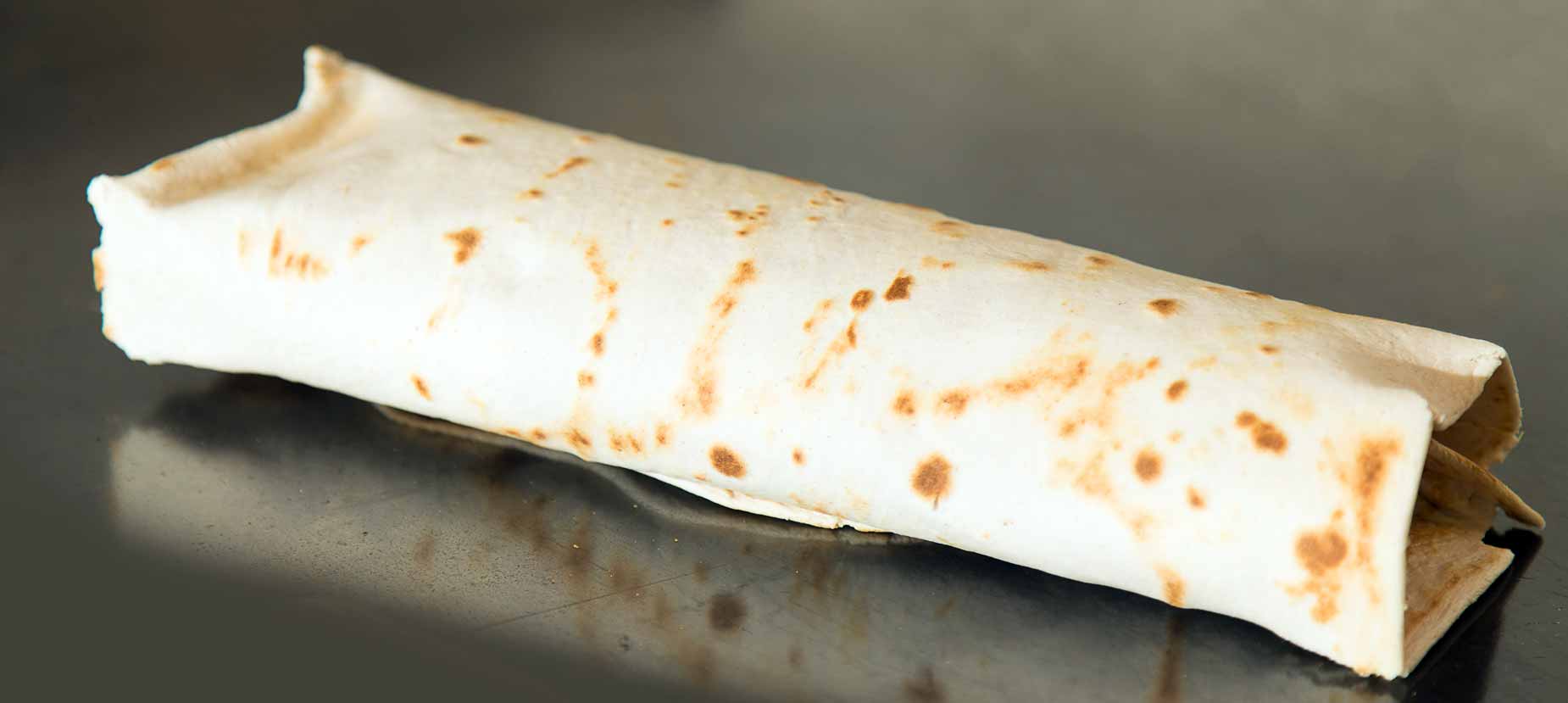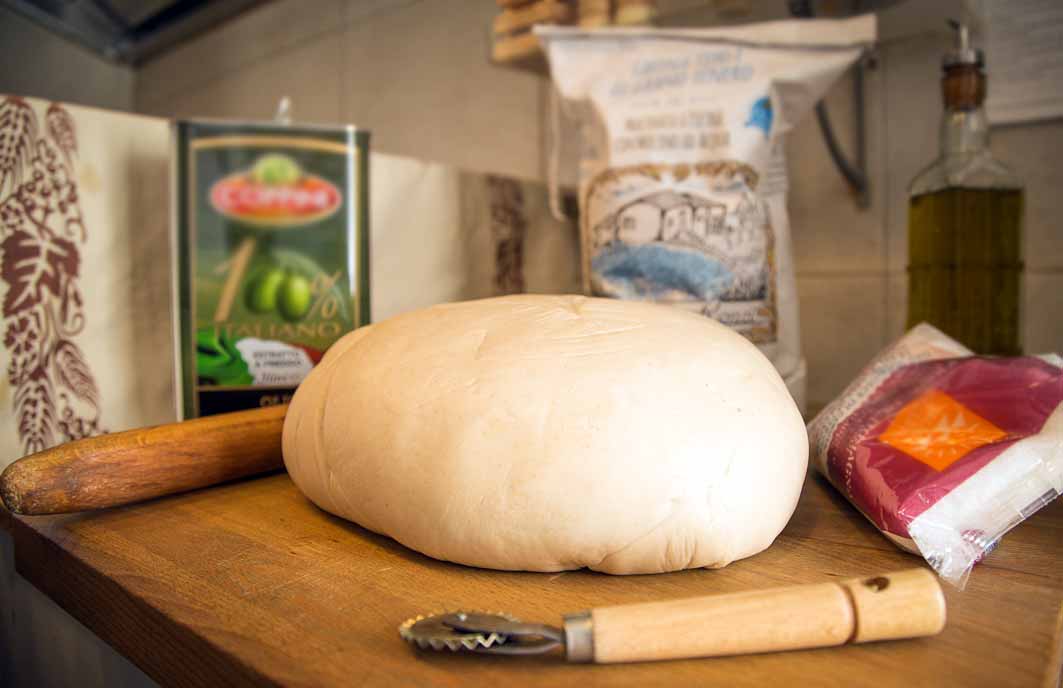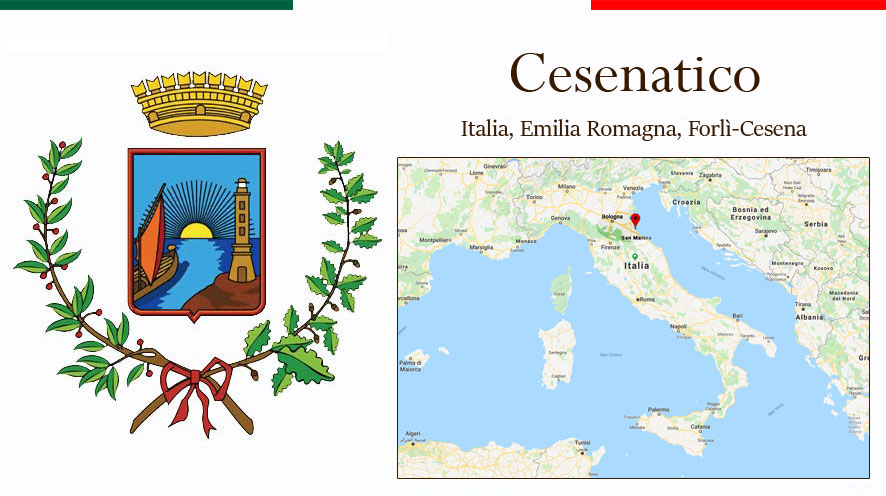In the heart of Italy, overlooking the Adriatic Sea lies the sweet region of Romagna. A rich, prosperous, sometimes daring and romantic land of gentle landscapes where the sea, hills and beautiful countryside become poetry. So seafaring traditions coexist with country folklore, the fruits of the earth embrace the scents of the sea. Sweet are the landscapes but strong the souls of this proud and industrious people capable of transmitting the warmth and values of their culture, lovers of the best aspects of life: healthy and tasty food, friends and beautiful women. And it is in this land that the Piada (Piadina)that as the poet said Giovanni Pascoli, was once the bread of the Romagnoli, indeed the 'national food of the Romagnoli'.
The piadina still remains an important element of Romagna cuisine today. It is made from a sheet of wheat flour, lard or olive oil, baking soda or yeast, salt and water, and is traditionally baked on an earthenware dish, known as a teglia (teggia in Romagnolo), but today it is more commonly cooked on metal plates or on slabs of refractory stone called testi. The origins of the Piada, The first written records date back to the year 1371 when in the Descriptio RomandiolaeCardinal Anglico de Grimoard, laid down the recipe for the first time.
Scouring Romagna, we found who produces the authentic recipe, using the purest raw materials such as the rare and extraordinary Cervia salt and ancient cooking plates. 'Dalla Titti' is the name of the producer of this delicacy and we let him tell us all the secrets of its goodness. Marco, the owner, a friendly 'moustache' who puts his heart into his work, tells us "We have tried to be faithful to the recipes of the farmers, even using only organic and strictly local ingredients, right down to the cooking, which is a fundamental part of the piadina. We use flour from a mill that only grinds 100% Italian, Valmarecchia and Montefeltro wheat, with a stone millstone, and absolutely Cervia salt, which is a true excellence. We cook the piadas on the cast-iron griddle, which is ideal, in fact,' Marco continues, 'in the past, farmers used to cook them on cheap wood-burning stoves, the ones that had rings.
But how can we fill them? 'With soft cheese such as Squacquerone, local anchovies and vegetables as well as raw ham,' confirms our moustache, king of the most authentic Piadina Romagnola.
You can buy 'Piade dalla Titti' and have them sent directly to your home:
Write to Piade Titti
- A) Room temperature in plastic bag: approximately seven days' storage
- B) In the fridge: approx. 10/12 days shelf life
- C) Freezer: approx. 60 days' storage
A/B - Heat the non-stick pan and place the piadina on it until it reaches the optimum temperature, at which point the piadina will have finished rising.
C - Place the piadina in the fridge until completely thawed. Thawing it in the fridge allows the ice crystals (i.e. water) to be reabsorbed by the dough. Then heat it up as usual in a hot non-stick frying pan... Enjoy your meal from Titti!
You can buy 'Della Titti' piadinas by sending an e-mail to

